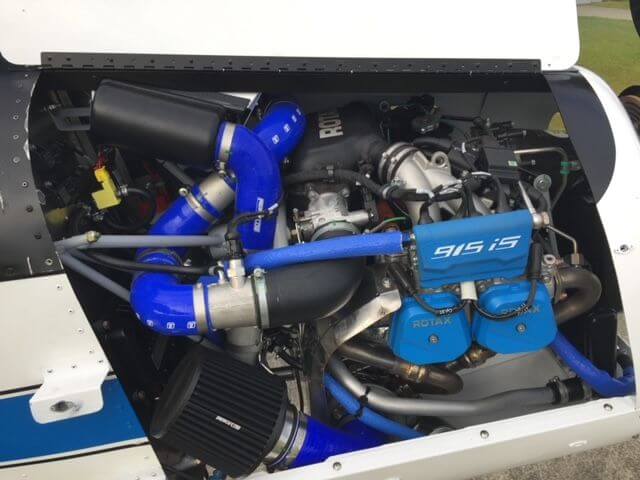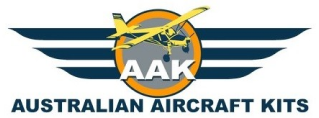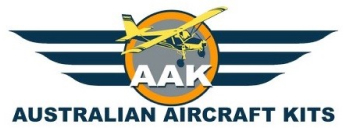Hornet Cub
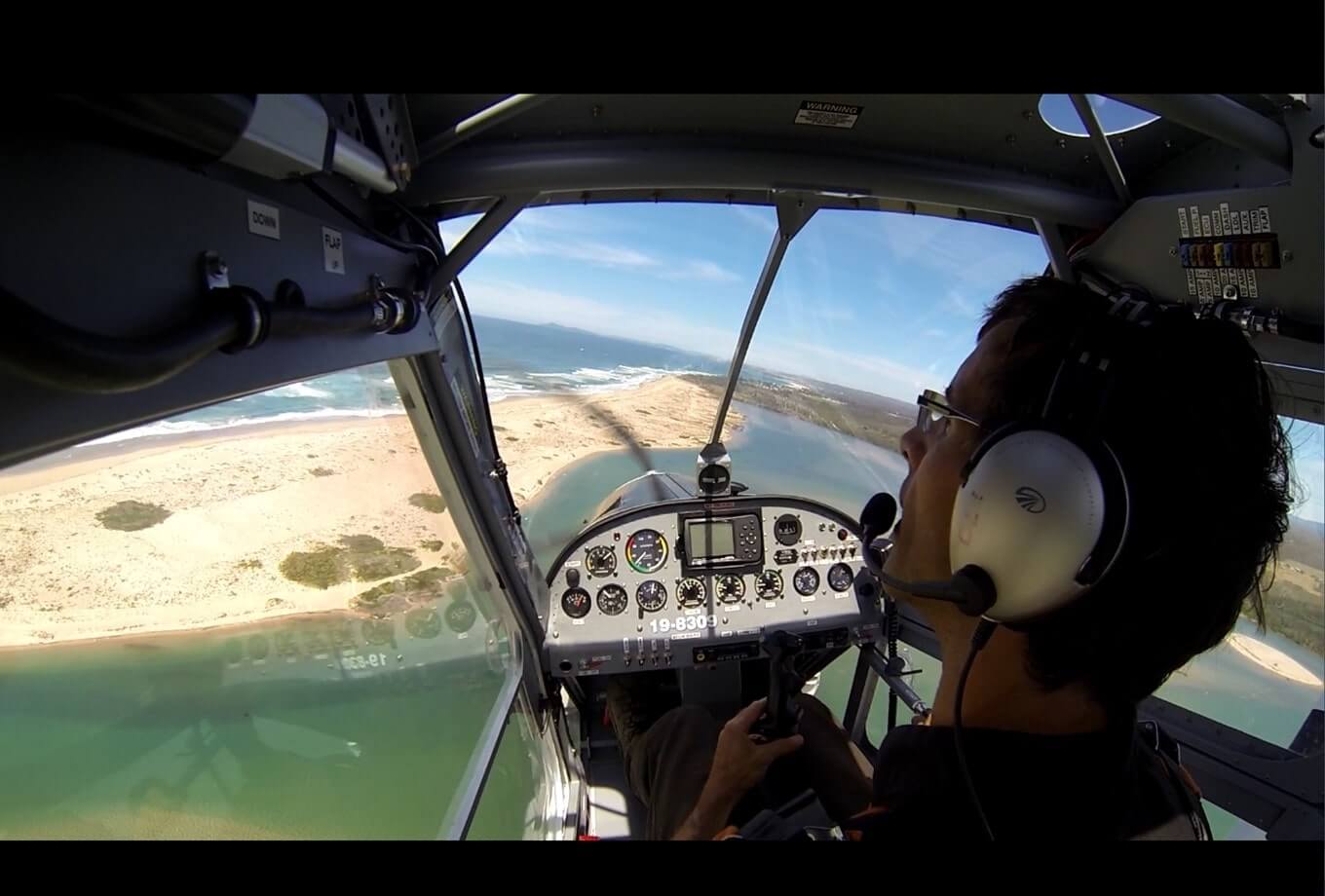
The HORNET CUB was especially designed for stock and mustering work on outback stations and is in any way as well designed and built as it’s ”bigger brother”, the HORNET STOL.
The main difference between these two aircraft is that the HORNET CUB is lighter than the HORNET STOL and more economical to build- the trade off is in losing space for side by side seating or cargo. The cargo area also doubles as a second seat (jump seat). Even though the cabin is slightly slimmer, the HORNET CUB still has a very roomy feel to it. The access doors are fold up or removable.
HORNET CUB is designed to be fitted with Rotax 912 ULS or 914 Turbo or 915is, standard or large wheels and trailing link undercarriage. The overall design is slightly different, one can think of a streamlined, no frills version of the HORNET STOL. That does not mean it is a second-rate performer, in the contrary – the HORNET CUB is a very agile and lively airplane, it is the ideal aircraft for mustering, prospecting, pipeline, bore and fence inspections, property management, aerial baiting and hunting & fishing and much more fun… One major key point in the HORNET CUB’s design was to make sure to give the pilot unsurpassed visibility all around from the cockpit for daily operation and tasks with out sitting in the sun and glare all day.
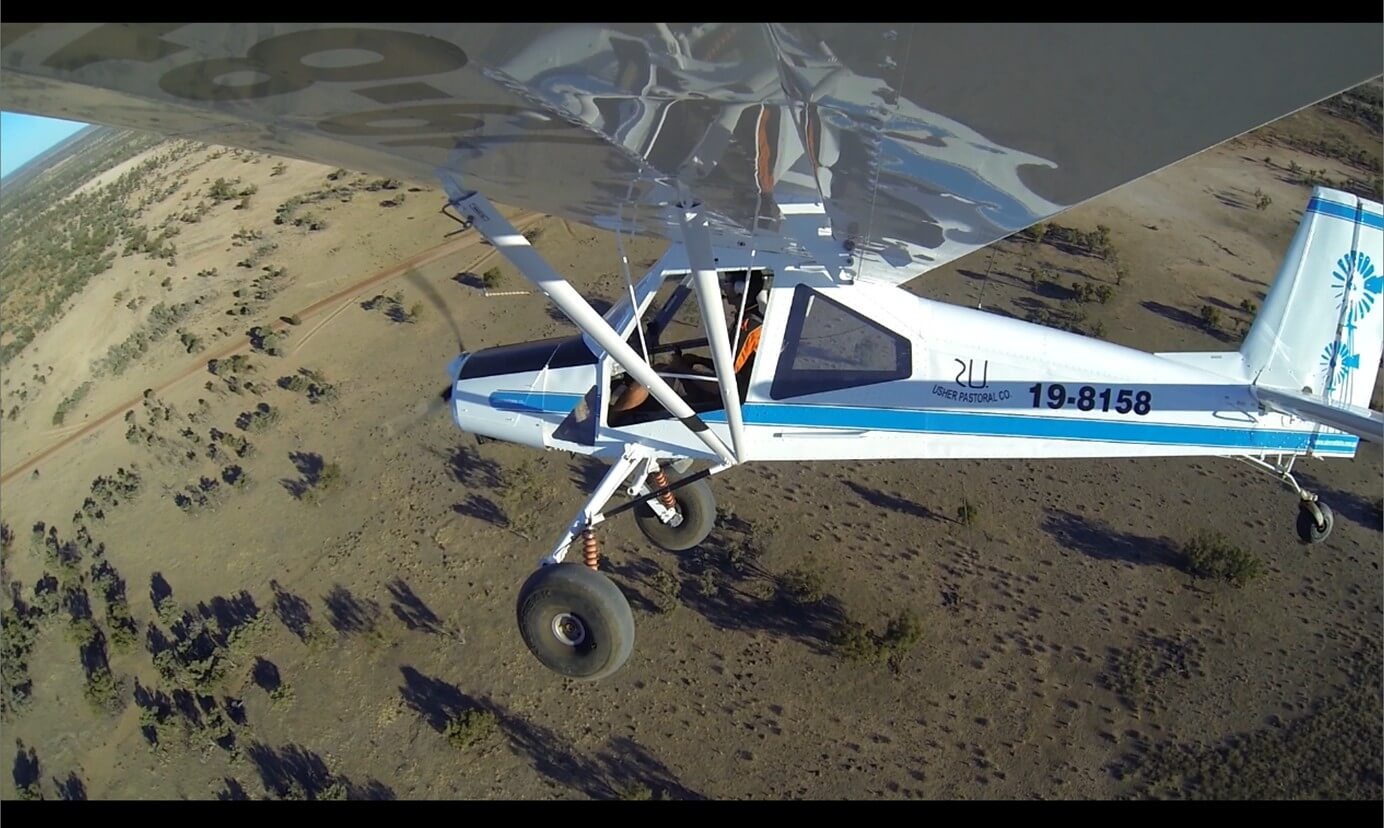
HORNET CUB DESIGN AND CONSTRUCTION
The HORNET CUB aircraft has been designed to withstand the harsh outdoor environment of Australia and the rugged environment it is operating in.
Traditional and proven materials such as chrome-moly tubing 4130N grade and 6061T6 & 2024T3 alloys are used in the entire construction of the aircraft. All materials used are certified and obtained from Australian companies.
The fuselage
is built around a steel safety cage centre section. Alloy skins are joined in a conventional riveted method to the centre section steel cage and reinforce the centre fuselage with the wing, strut, undercarriage and engine mounting points all built into the steel structure. A semi monocoque alloy stringer and stressed alloy skin construction makes up the strong tail section of the fuselage. All components such as wings, rudder, elevators etc. are removable for transport, storage or repair. The pilot and passenger area has been designed for maximum safety and provides the pilot and passenger with superior visibility. The fuselage has been tailored for big pilots. It is 700mm (27 inches) wide and 1200mm (48 inches) high internally, fitted with large windscreen and 2 removable doors / emergency exits. The cargo area is moderate and can be used for the passanger transport.
The wings
are built in a proven alloy rib and alloy spar construction, covered with stressed alloy skins and fitted with self contained pressure tested alloy fuel tanks containing 60L each per wing. The wings are braced by two strong struts to withstand very high loads. The wing design is a high lift wing airfoil with conventional flap and ailerons. The metal aileron and flap are designed for superior effectiveness providing docile and forgiving stall behavior of the aircraft at critical speeds and attitudes. The ailerons and flaps are directly controlled from the centre fuselage control mixer and therefore require less maintenance and are quickly accessible for safety checks.
The control system
is a push-pull rod system made from high grade chrome-moly steel tubing, assembled with standard bearings and rod ends for low maintenance and quick replacement if required. The Hornets push-pull rod control systems deliver smooth feedback from the control surfaces and allow for optimal adjustment of travel ratios on the controls. All controls are easy and quickly accessible for inspection or maintenance as required.
Elevator and rudder
have been designed extra strong, to sustain the harsh treatment of being fitted at the tail end of the aircraft, withstanding impact and exposure to high grass, rocks and sticks, dust, sand and other forms of propeller wash induced damage. The control surface area is very large and will surprise with its responsiveness and agility when flying or taxing or during transition.
Powerplant
for the HORNET CUB it has been designed arround the the ROTAX series of 912 ULS 100hp (LSA approved), the 914 Turbo 115hp and 915 145hp (LSA approved) engines. These provide the best power to weight ratio combined with a very high reliability and low fuel consumption at 15-22 L/h (on MOGAS or AVGAS). These engines provide the best visibility over the nose cowling and unsurpassed relaiability in the field.
Engine supply is optional and firewall forward kits are provided and installed as requested. Please view the pricing on request. Specification and performance data below.
LEARNING TO FLY A HORNET CUB
If you have had trail dragger experience before, you will most likely go solo in an hour or two. The HORNET CUB is an honest tail dragger, docile, forgiving and probably the easiest tail wheel aircraft you can get. “Three pointers” or “wheeling it on” landings are no secret and there are no surprises. No matter how you do it, you will experience positive tracking down the strip or chosen take off or landing path. The aircraft has no tendency to ground loop.
If you have never flown a tail wheel aircraft before , we suggest that you get adequate training well past endorsement stage before taking on the controls of the CUB, because the HORNET CUB is a single controls only aircraft and you will be well prepared by then. The HORNET CUB is designed for rugged terrain, and since take offs and landings are so effortless it can be mastered quickly and accurately. This is an aircraft that builds appreciation for stick and rudder flying. It provides a challenge within easy reach, and offers docility making flying fun and exciting.
HORNET CUB pilots make better pilots with higher proficiency levels and more refined skills.
KEY POINTS FOR THE OPERATOR:
- Safe, versatile and easy to fly utility light aircraft
- Low acquisition costs
- Low operating costs
- Low maintenance costs on airframe and all systems
- Local manufacturer, providing parts and services
- Can be piloted by RAA or GA –VH license holder
- Superior service, fast and reliable technical support Australia wide.
KEY POINTS FOR THE PILOT AND PASSENGER:
- Agile performing aircraft with 100 – 150hp powerplant
- Crisp and delightful easy controls for long hours in the cockpit
- Roomy two seat tandem cockpit with outstanding visibility for the Pilots
- Docile and forgiving flight handling matched with highly responsive and effective controls ideal for mustering operations, observation, SAR and property management etc…
- Excellent S T O L performance
- Extra large cargo access door
- Integrated chrome-moly steel cage for strength and safety
- Airframe and controls designed for minimum maintenance requirements
- Full metal airframe using certified materials acquired in Australia.
- Rugged undercarriage for operation from rough terrain with wheel sizes available from 8.50”x 6”standard up to 29” x 6” low pressure with heavy- duty brakes systems
- Removable doors for flying in hot conditions
- Hard points for external cargo, wings and fuselage
SPECIFICATIONS Hornet Cub
| Fuselage Length with Rotax 914 UL engine (rigged for flight) | 6.5 m |
| Wing Span Rigged for flight | 9.4 m |
Other Wing Data |
|
|---|---|
| Area | 12.69 sq.m |
| Wing loading (at max. gross) | 47.2 kg/sq.m |
| Structural limit loads (at max. gross) | + 6 /-3 G |
| Maximum Height Taildragger | 2.4 m |
| Width of wheel track Measured from centre of wheels | 1.9 m |
Cabin Dimensions |
|
| Width (at hips) | 730 mm |
| Width (at shoulders) | 780 mm |
| Door width | 830 mm |
| Door height | 850 mm |
| Baggage space / Rear passenger area | 0.85 m3 |
| Rear door width | 750 mm |
| Rear door height | 750 mm |
Weights |
|
| Maximum gross weight (on wheels) RAA Aus / LSA Limits | 600 kg |
| Design MTOW | 700 kg* |
| Empty weight | 380 kg |
| Useful load | (RAA ) 260 kg |
Standard Main Wheel 8.50 x 6.00 with pneumatic Tail Wheel |
|
| Full fuel payload 2X60L | 91.4 kg |
| Maximum baggage capacity (single pilot operation) | 100 kg |
| Standard 60 lt tanks | 60 / 60 L |
| Hornet Cub Kit pricing: | pricing on request. |
| Pricing on Firewall forward kits on request only. * Pricing may change without notice. |
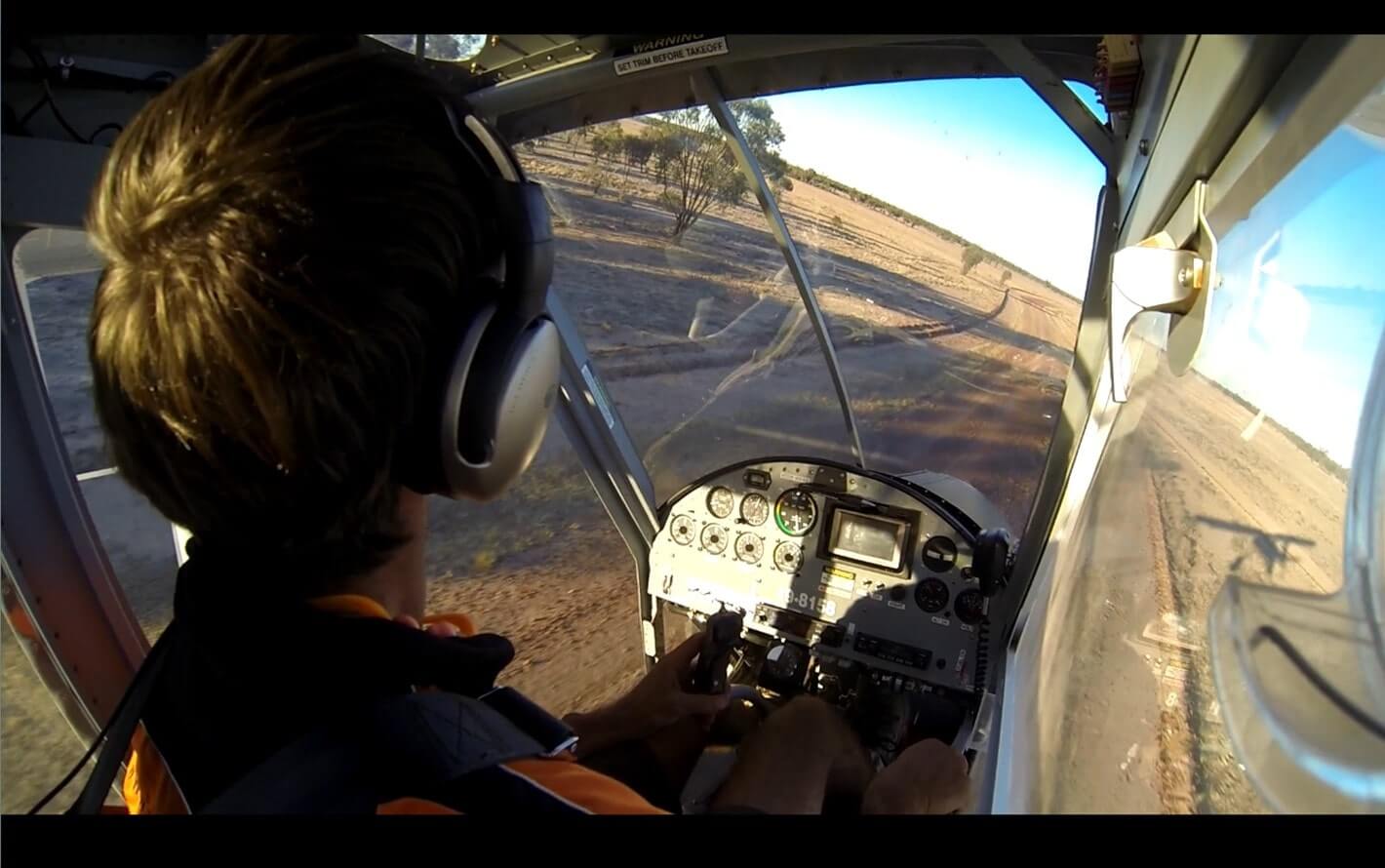
Hornet Cub aircraft GoPro – YouTube
https://www.youtube.com/watch?v=kEjipql-UGw or https://www.youtube.com/watch?v=AFXK6Rp3b3A
Go fly with Ole in the Hornet Cub with Rotax 100hp in west Qld .

